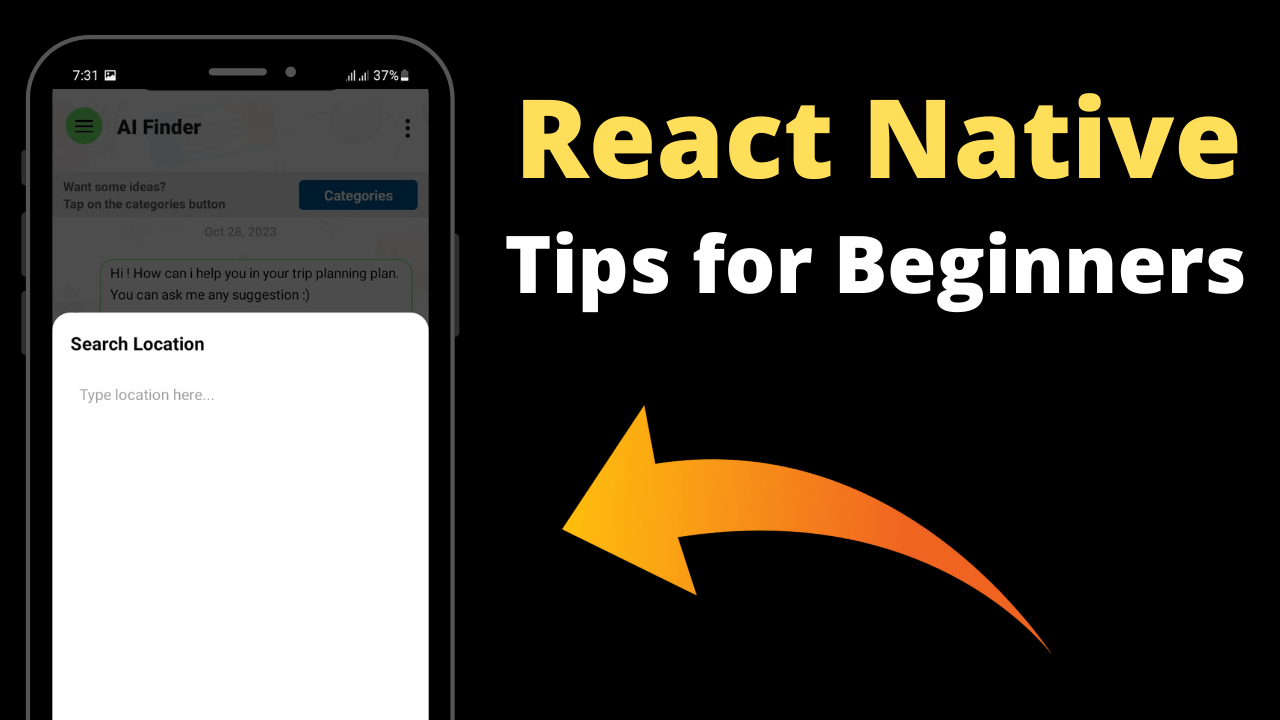Are you new to React Native? This guide is designed to help you start your journey in Mobile app development using this popular framework. React Native, known for its ability to create cross-platform mobile apps, is a favorite among developers. In this guide, we’ll cover key tips and best practices to help you get started with React Native, making your learning process smoother and more enjoyable.
Understanding the Basics
- React Native vs. React: React Native extends the principles of React to mobile app development, replacing web components with native components. This distinction is crucial for understanding how React Native operates.
- JavaScript and JSX Mastery: React Native leverages JavaScript and JSX. A solid grasp of these technologies is essential for effective React Native development.
Setting Up Your Development Environment
- Choosing the Right Editor: Tools like Visual Studio Code are popular choices for React Native development. The right editor can streamline your coding process significantly.
Building Your First React Native App
- Component-Based Architecture: React Native adopts a component-based approach. Beginners should practice by building simple components like headers, images, and to-do items, gradually combining them into more complex structures.
- Styling and Layout: Unlike traditional CSS, React Native uses
StyleSheetfor styling, embracing a flexbox layout model. This shift requires adapting to different styling and layout methods compared to web development. - Handling User Interactions: Learn to manage user interactions using components like
TouchableOpacityand events likeonPress, crucial for mobile app responsiveness.
Platform-Specific Development
- iOS and Android Nuances: Understanding and writing platform-specific code is vital in React Native. This includes using the
Platformmodule to customize experiences for iOS and Android users.
Learning and Community Resources
- Official Documentation and Community Engagement: The React Native documentation is an invaluable resource. Additionally, engaging with the community through forums and social platforms can provide support and accelerate learning.
- Courses and Tutorials: Numerous online courses, YouTube tutorials, and books are available for in-depth learning. Titles like “React Native in Action” and “Learning React Native” are great resources.
Career Prospects and Industry Relevance
- Opportunities and Earnings: React Native developers are in high demand, with the average salary in the U.S. around $105,000 per year. This high demand is expected to continue, reflecting the framework’s industry relevance.
- Why Choose React Native?: For its ability to create apps with a shared codebase for Android and iOS, advanced features integration (AR/VR), and efficient app refactoring and feature additions, React Native stands out among JavaScript frameworks.
Conclusion
React Native offers a unique and powerful approach to mobile app development. As beginners embark on this journey, it’s important to build a solid foundation in the basics, experiment with small projects, and gradually advance to more complex applications. With the right resources, community support, and a commitment to continuous learning, anyone can master React Native and open up a world of opportunities in mobile app development.

